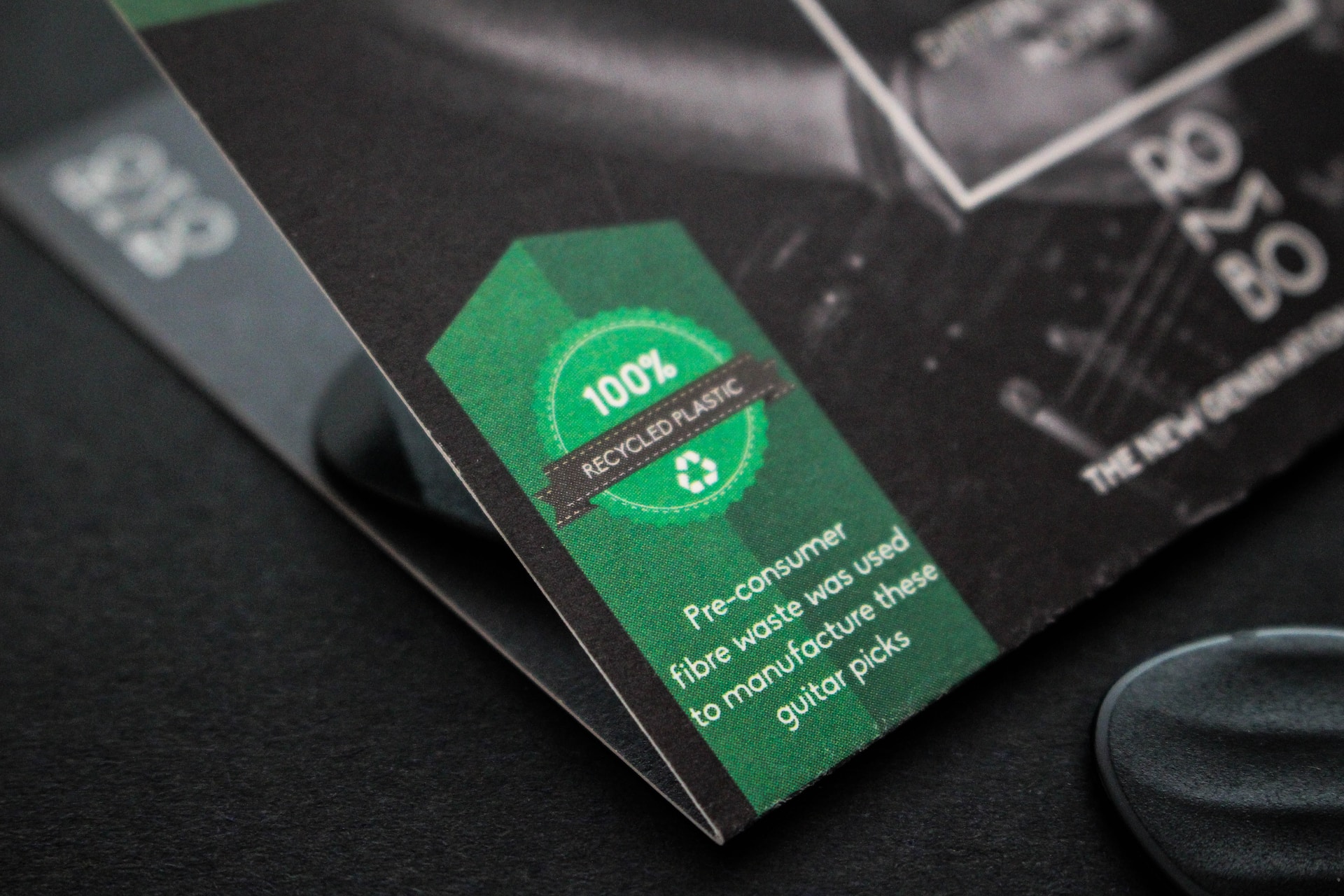
What Is a Green-Certified Business?
We are reader-supported. When you buy through links on our site, we may earn affiliate commission.
If you’re a business owner, you should know that consumer trust in corporations is at an all-time low. However, there’s one crucial way you can improve customer relationships. According to a recent study, 66% of purchasers will pay more for sustainability, and the percentage soars to 80% among the youngest shoppers. Becoming a green-certified business highlights your company’s commitment to eco-friendly practices and generates positive public relations.
However, it’s easy to say, “Get green certified.” It’s much harder to do, considering the extensive array of available certifications and their meaning. Which is right for your business, and how can you use your commitment to sustainability to grow your bottom line? Let’s take a closer look at what a green-certified business is.
Types of Green Business Certifications
First of all, the term “green-certified business” can mean various things. Does it refer to the building that houses the entity? The daily practices they adopt or how they source their materials? Maybe it points to their commitment to reach net-zero emissions by a specified date.
There are at least 25 widely recognized and accepted green business certifications. Some of them only apply to specific industries. For example, the Certified Humane label only applies to farmers and food producers who care for livestock. Energy Star certification covers appliance manufacturers. Neither certification would be appropriate for a small fashion boutique.
Some of the most widely recognized green business certifications include:
- Certified B-Corporations: Although initiated in the UK, this program now has over 2,000 enrolled organizations across the United States and Canada. These businesses meet the highest standards of verified social and environmental performance, public transparency and legal accountability. The entire structure motivates business as a force for the greater good in the community.
- Cradle to Cradle Certified: This certification ensures products produced by the company are safe and circularly made. They stand the test of time, are repairable and can be recycled or repurposed once their useful life expires instead of contributing to waste.
- Green Building Certifications, Inc.: GBCI is the mastermind organization behind LEED certification, the highest standards in green building design. However, they now offer ten certification programs and 15 professional certificates.
1. Who Certifies Green Businesses?
The entity responsible for certifying green businesses varies depending on the broader organizational goal. However, certain organizations examine and verify such claims to establish baseline standards. For example, the International Sustainability Standards Board strives to eliminate greenwashing, which occurs when a company markets itself as eco-friendly without doing the corresponding work.
2. The Green Business Certification Process
Once you select the green business certification that applies most to your organization, you’ll follow the steps they outline to achieve your credential. It’s okay to get certified in more than one area. Look at the products lining your local store shelves — you’ll notice some certified humane, sustainably sourced and GMO-free.
Having your business green-certified in multiple areas gives you a competitive advantage, but you must also adhere to the certifying organization’s standards over the long term. Therefore, avoid shooting for the moon only to fall short — concentrate on perfecting one green certification before moving to the next. It’s natural for your practices to refine with time. It all begins with the initial effort.
For example, let’s say you want to earn LEED certification for a new facility. You meet the five criteria set out in the definitions, including:
- Air quality
- Resource management/waste management
- Water conservation
- Energy efficiency
- Location and transportation
Your process begins by registering your project, submitting forms and sending the initial payment. Once construction is completed, you complete the certification application and remit the final review fee. If Green Business Certification, Inc. approves, you get LEED bragging rights on your web pages and other marketing materials. You might even accept invitations to speak with other business leaders at chamber luncheons to coach them on emulating your example.
How to Identify a Green-Certified Business
You want to spend your money wisely as a consumer. Identifying a company as a green-certified business takes a little work, but you’ll soon amass a list of preferred manufacturers to choose from when you hit the shops.
The best way to identify a green-certified business is to look up the labels on your phone or when you get home. Furthermore, look for specific language. For example, any company can use “green,” which means little. “Made from 100% recycled materials,” says a lot more.
Some of the legitimate labels you might recognize include:
- Fair Trade Certified
- Certified Vegan
- The Rainforest Alliance
- Cruelty-Free International
- Cradle-to-Cradle Certified
- Global Recycled Standard
- USDA Organic
- Non-GMO Project Verified
- Made Safe
- Bird Friendly
- Eco-Cert
- OEKO-Tex
- Forest Stewardship Council
3 Ways You Can Help Green-Certified Businesses Grow
Once you identify your favorite green-certified businesses, you can help them grow. The most obvious pathway is to buy their products.
However, you also have the power of word-of-mouth as a consumer. Here are X ways you can help green-certified businesses thrive for free.
1. Use Social Media
The trouble with social media advertising is that customers automatically treat posts made by businesses with suspicion. They know that the organization is in business to make money and are rightly skeptical of any claims they read online.
However, customer testimonials are far more powerful. It’s why “get paid to write reviews” scams are so popular online, even though they rarely generate meaningful income. Businesses know that word-of-mouth is the best advertising method.
You can help in three ways:
- “Like” or react to posts from businesses you admire to tickle the algorithm and show their ads to more people.
- Comment on ads, sharing your experience.
- Write a post on your page highlighting what you love about this company’s products.
2. Make Product Requests With Local Retailers
Have you ever moved to a new location and couldn’t find any of your favorite brands in your local shops? While big box stores make the retail experience somewhat uniform, specific offerings vary from location to location.
However, filling out a product request form can make your preferences for green-certified business products known. Nearly every retailer provides these upon request when you want an item they don’t currently carry but might offer if there’s sufficient customer demand.
3. Talk to Your Family and Friends
Finally, the easiest way to help green-certified businesses is to share your experience with family and friends. Rave about products you love — better yet, let others try them out if doing so makes sense. Once they see how nifty your countertop compost bin is or taste the difference between organic, fair-trade coffee and their usual swill, they’ll become more eco-friendly consumers.
What Is a Green-Certified Business?
There’s no one definition of a green-certified business. Each industry has specific certifications applicable to them, often overseen by international standards authorities who confirm their eco-friendly claims.
Once you find a green-certified business you love, help them grow. Use the methods above to spread the news and encourage responsible corporate practices by using your dollar and voice to show your demand for sustainability in everything you buy.
Share on
Like what you read? Join other Environment.co readers!
Get the latest updates on our planet by subscribing to the Environment.co newsletter!
About the author
Maria Visser
Maria serves as the Assistant Editor of Environment.co. A true foodie and activist at heart, she loves covering topics ranging from veganism to off grid living.





